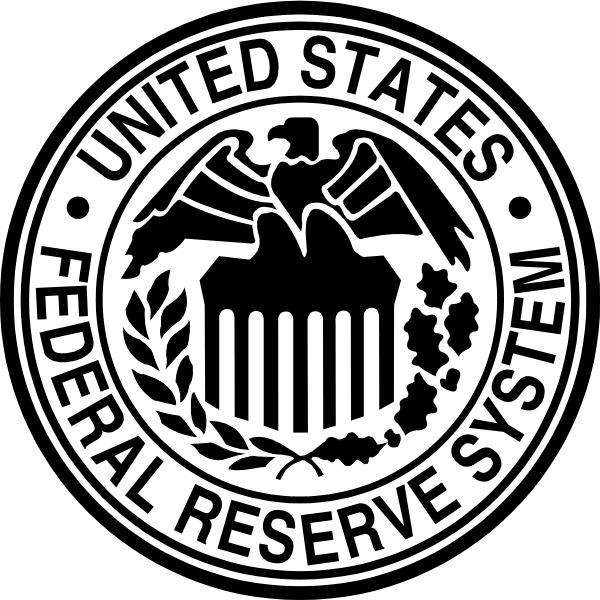Race: Chairman of The Federal Reserve
Earlier today, Lawrence Summers, a contender and front runner in the race to become the next Chairman of the Federal Reserve, withdrew from the race, leaving Janet Yellen as the new prospect. Mr. Summers is a close economic advisor to President Obama and former Treasury secretary. This news adds to the unusual interest and coverage of this election, which first gained its popularity when speculation that Ben Bernanke, the current chairman of the Federal Reserve, would no longer serve as the chairman. Other candidates in the running include Timothy Geithner, who has not officially entered the race but is being heavily pressured by the media to enter, and Christina Romer, a former Chair of the Council of Economic Advisers. Ultimately, all these candidates have similar stance on ways to approach the economy but differ in their intensity of action. For instance, Janet Yellen, the current vice chairman of the Fed, is in favor of printing money. She has a tendency to approach every economical problem with printing more money, which could eventually lead to hyperinflation. Meanwhile, Mr. Geithner is best known for the “Geithner Plan” in which he proposed to lower borrowing costs, fill the gap in demand with a stimulus package, and find a way to help banks lend money again. Again, this is similar to Ben Bernanke’s course of action except that lowered borrowing rates were translated into zero borrowing rates. Therefore, I believe the course of the economy in the next four years doesn’t seem to be too different from the current path.
Furthermore, the actions by the Federal Reserve in hopes of recovering the weakened economy, specifically the quantitative easing policies and the zero interest rates, sparked great debate between the two political parties. Democrats were more in favor of the easy money policies, concluding that spending will help the economy improve. Republicans, of course took the opposite stand. Another interesting thing to note is the way the chairman is elected. It is quite an extended process that relies heavily on political preferences. First, the President appoints seven members of the Board of Governors, who must serve for 14 years. Then, the president chooses the chairman and vice-chairman from the Board of Governors, who then must get approval from the Senate. The long process radiates the necessity to choose wisely and think about not only about the long term interests of the economy but also about what course of action in the next 4 years will yield the greatest return. Hopefully whoever becomes the next chairman of the Federal Reserve can bring the economy back to where it was and preferably better.
-Subeg Singh


Comments
Post a Comment